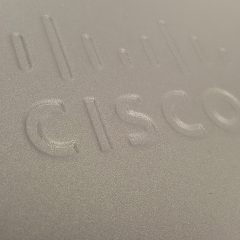Cisco ASA 5506-X: Bridged BVI Interface
KB ID 0001422 Problem When the ASA 5506-X appeared there was much grumbling, “This is not a replacement for the ASA 5505, I need to buy a switch as well!” and “I have six ports on the firewall I cant use” etc. While I understand that, and if truth be told the ASA 5505, was SUPPOSED to be used in SOHO environments where an all in one device, (with PoE) was a great fit. The problem was, people started throwing...

